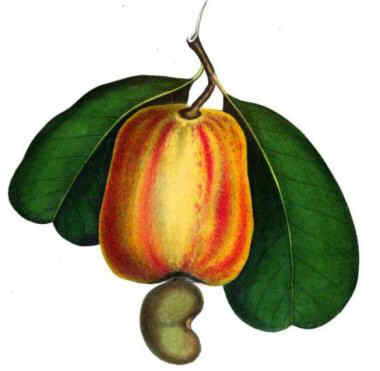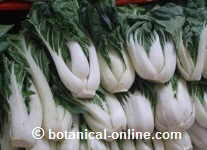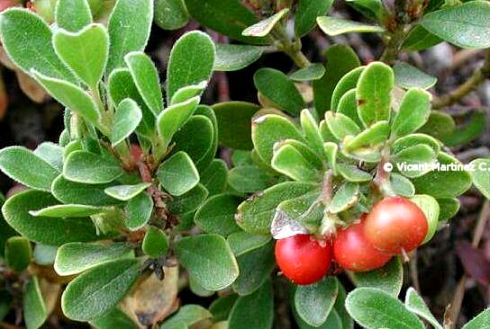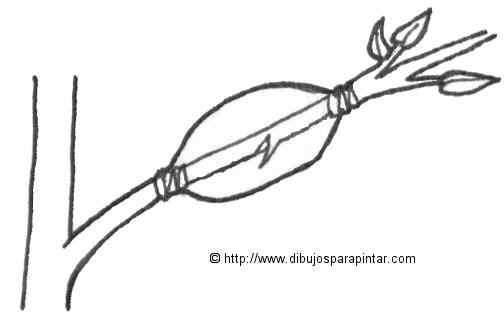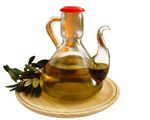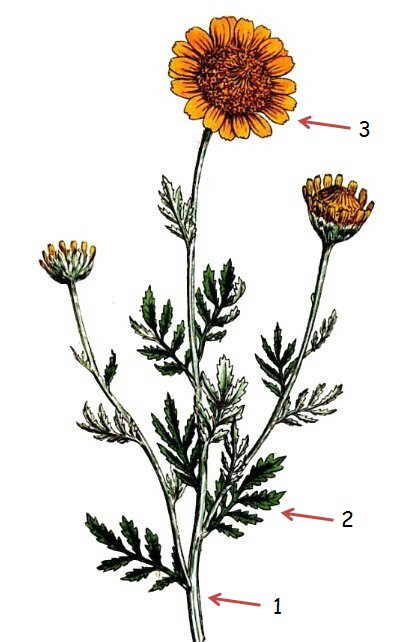Contents
BENEFITS OF GREEN TEA
WHAT IS GREEN TEA BENEFICIAL FOR?
Green tea is a type of tea that, like all teas, is obtained from the leaves of the plant Camellia sinensis.
Green tea is distinguished from other types of tea because it has not undergone a process of oxidation, so that it still preserves greenish leaves.
Because this variety of tea is less oxidized, among the benefits of this drink, we find that it is one of the richest in antioxidants.
Print-summary of the main benefits of green tea (Camellia sinensis).
Benefits of green tea for health
Green tea is slimming
In particular, green tea contains epicatechin – gallate, a type of high antioxidant catechin. This component also has a role as a regulator of weight, even more that the caffeine itself (=theine) tea.
For this reason, green tea is an excellent ally in cleansing diets and slimming diets. (Make an infusion of 1 liter of green tea and take it along the day, hot or cold. It’s preferable to prepare tea without sugar (you can use stevia or a sweetener instead).
Green Tea: antioxidant drink
Scientific studies have shown that the antioxidant properties of green tea may be beneficial for cardiovascular health. Regularly drinking green tea protects your body from fat oxidation, helps lower cholesterol and prevent poor circulation.
People with smoking habits can benefit from its antioxidant properties, as the catechins help protect cells from oxidation caused by cigarette smoke. Green tea has also been associated with the prevention of certain cancers.
Green tea caffeine
Green tea is the type of tea containing less caffeine, after white tea. A cup of green tea gives us 20mg. of caffeine, which is a quarter of a cup of black coffee (80mg.).
Green tea for eye health
Green tea is rich in condensed tannins formed by anthocyanins. These flavonoids have protective functions of blood capillaries and especially on eye health.
Is green tea astringent?
Because of its high tannin content, green tea has astringent properties. It is used to stop diarrhea. At low doses, it has a beneficial effect to the stomach.
Green tea processing
The process that tea undergoes to obtain green tea differs from black tea, oolong tea and red tea. Green tea is not subjected to any fermentation temperature.
Therefore, its quality, aroma, flavor and other organoleptic qualities will be determined mainly by the type of leave it comes from, by its freshness, by the type of shoots etc..
Generally, the green tea leaves usually have a color ranging from dark green tones and brown, until bright green and slightly yellow. They are sold mainly in the market of Morocco, Japan and China.
*More information: Green tea elaboration in the listing below
Types of Green Tea
There are numerous varieties of green tea, all of them very popular in China and Japan. The best known are:
- Bancha : Japanese green tea that has a very low content of caffeine.
- Gunpowder : Boiled with mint and sugar. It is bittersweet. It is rolled into balls, which open to the hot water. It is most popular in Morocco.
- Kukicha : Japanese Tea also called ” tea three years ” is a mixture of leaves and twigs of the tea. Formerly called ” the tea of the poor”.
- Matcha : This is a powdered green tea. Its cooling power is prized by the Japanese, which is served sparkling at tea ceremony. It is also used to develop recipes and dye.
- Sencha : Tea originally from Japan, fresh and mild.
- Jasmine Tea : Blend (mixture) of green tea with jasmine flowers. Traditionally, jasmine flowers are harvested in the morning when they have not opened yet, and placed over the tea leaves that are drying. Jasmine flowers open up and fill tea with its aroma. Sometimes it is made with oolong tea.
| Related information on green tea: |
![]() More information on tea.
More information on tea.



